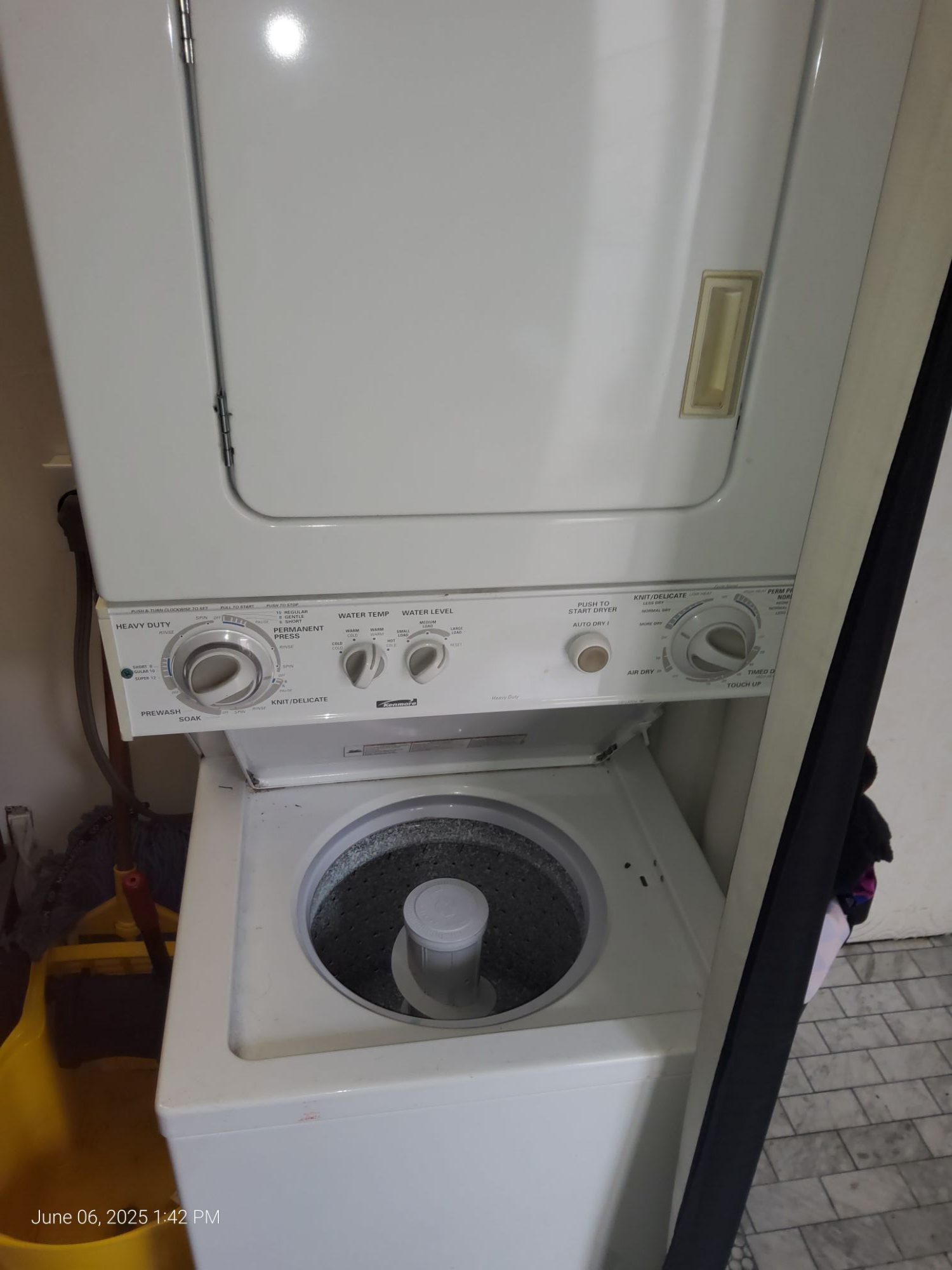
Few household chores are more frustrating than pulling clothes from the dryer only to discover they are still damp. When your dryer doesn’t fully dry your laundry, it not only wastes your time but also consumes extra energy and puts unnecessary wear on the appliance. Understanding the root causes behind damp clothes after drying can help you resolve the problem quickly and prevent long-term damage.
Two of the most common reasons for this issue are a clogged lint filter and a worn-out heating element. Both affect your dryer’s ability to effectively dry clothes but require different approaches for repair or maintenance.
The Importance of Proper Airflow: The Role of the Lint Filter
A dryer works by circulating hot air through the drum to evaporate moisture from your clothes, then expelling the humid air through a vent. For this process to work efficiently, airflow must be unobstructed. The lint filter plays a critical role in trapping lint and small fibers released during drying, preventing them from clogging the vent system. When the lint filter becomes clogged, airflow is severely restricted. Reduced airflow causes several problems:- Lower drying efficiency: Hot air cannot circulate properly, so clothes take longer to dry or remain damp.
- Overheating risk: The dryer may overheat since heat isn’t dispersed well, increasing wear on internal components.
- Fire hazard: Lint buildup is highly flammable, and a clogged filter can increase the risk of dryer fires.
When Heat Isn’t Enough: The Worn-Out Heating Element
If your lint filter and vent system are clear but your clothes are still damp, the problem may lie with the heating element. The heating element is responsible for generating the heat needed to evaporate moisture from your laundry. Over time, due to continuous heating and cooling cycles, the element can weaken, break, or malfunction. Signs of a faulty heating element include:- Clothes remain damp despite long drying cycles.
- The dryer drum spins normally, but no warm air is produced.
- The dryer runs but feels cool to the touch.
- Tripped circuit breakers or blown fuses may also indicate electrical issues with the heating element.
Other Possible Causes of Damp Clothes After Drying
While clogged filters and faulty heating elements are the most common causes, other issues might also be responsible:- Faulty thermostat or thermal fuse: These components regulate dryer temperature. If they malfunction, the dryer may not heat up properly.
- Malfunctioning moisture sensor: Many modern dryers have sensors to detect moisture levels and adjust drying time accordingly. If the sensor is broken, the cycle may end prematurely.
- Overloading the dryer: Putting too many clothes in a single load prevents proper air circulation, resulting in uneven drying.
- Improper dryer settings: Using low heat or delicate cycles may not fully dry heavier fabrics.
Tips to Prevent Dryer Problems and Ensure Clothes Dry Thoroughly
- Clean the lint filter after every load: This simple step improves airflow and drying efficiency.
- Inspect and clean vent ducts regularly: Check for lint buildup, animal nests, or crushed ducts that block airflow.
- Avoid overloading: Dry smaller loads to allow hot air to circulate freely.
- Use appropriate drying settings: Select heat levels suitable for the fabric type and load size.
- Schedule routine maintenance: Periodic professional inspection can detect early signs of wear and prevent breakdowns.
Why You Should Call Professionals for Dryer Repairs
Dryers are complex appliances with electrical and mechanical parts that require expert knowledge for safe and effective repairs. If your clothes remain damp despite cleaning filters and following proper use instructions, it’s time to call a professional. Trying to fix electrical components such as the heating element or thermostat without proper skills can lead to injury or further damage to your appliance. A certified technician will perform a thorough diagnostic, identify the exact cause, and recommend the most cost-effective repair or replacement.Rancho Bernardo Appliance Repair Service Center: Your Trusted Dryer Repair Experts
If your dryer isn’t drying clothes properly, don’t wait for the problem to worsen. Rancho Bernardo Appliance Repair Service Center offers expert diagnosis and repair services for all major dryer brands and models. Our skilled technicians specialize in:- Cleaning and clearing clogged filters and vent ducts
- Replacing faulty heating elements and thermostats
- Repairing moisture sensors and control boards
- Providing maintenance tips to prolong your dryer’s lifespan